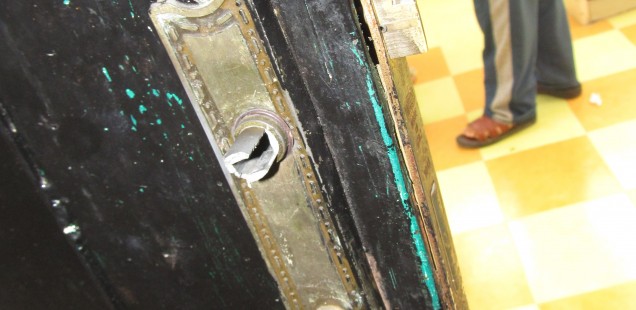Category: Nablus
-
The occupation never sleeps
30th May 2014 | International Women’s Peace Service | Deir Istiya, Occupied Palestine Over seven families in Deir Istiya were rousted from their beds in the early morning today, some to the sounds of banging on their doors, others to fully armed soldiers in their bedrooms. Approximately 200 soldiers entered the village, closing off the main road…
-
Photo story: Nablus rally in solidarity with political prisoners
On the 26th of May, more than 500 people joined a demonstration in Nablus in solidarity with Palestinian political prisoners and hunger strikers. Starting from the city’s main square, they then marched through some of the main streets of Nablus. On the 24th of April, over 100 Palestinian political prisoners, many of whom are held under administrative…



